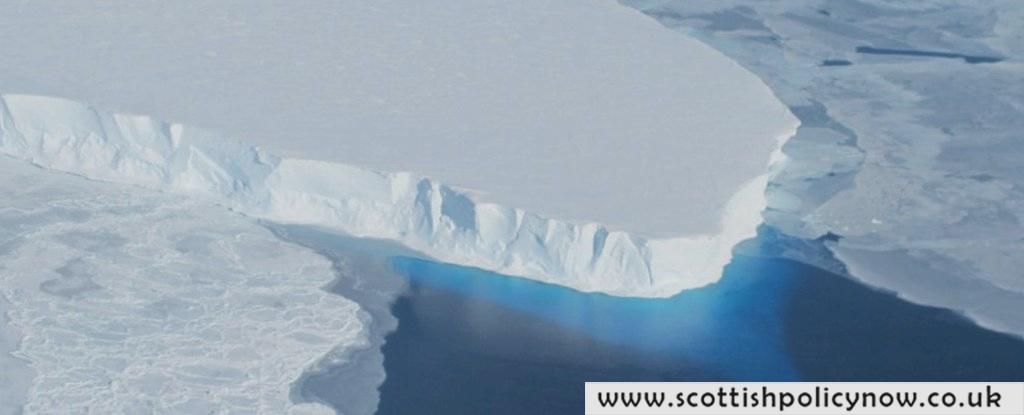As global temperatures rise and Antarctica’s ice melts, the resulting sea level rise threatens to displace hundreds of millions of people by the end of this century.
One key uncertainty regarding the pace and extent of sea level rise involves whether “stable” sections of the West Antarctic Ice Sheet could become “unstable.” A region of interest is the Siple Coast in West Antarctica, where ice flows into the ocean. The Ross Ice Shelf, nearly the size of Spain, acts as a barrier, holding back land-based ice. This ice shelf has experienced little melting due to the cold ocean waters beneath it.
Despite its recent stability, research indicates that this region wasn’t always stable. Radiocarbon dating of sediments beneath the ice sheet suggests that the sheet retreated hundreds of kilometers about 7,000 years ago, only to return to its current position within the last 2,000 years.

Understanding the reasons behind this historical retreat and advance could help scientists better predict future changes. Researchers have proposed two main hypotheses to explain these shifts.
The first hypothesis is tied to Earth’s crust beneath the ice sheet. As the ice sheet shrinks, the resulting reduction in ice mass causes the crust to slowly rise. Additionally, the sea level near the ice drops due to a weakening of the gravitational attraction between the ice sheet and the surrounding ocean. This crustal uplift and the resulting drop in sea level might have caused floating ice to become re-grounded, leading to the ice sheet’s advance.
The second hypothesis involves oceanic changes. When sea ice forms, it expels salt into deeper water layers. This cold, salty water is heavier, causing it to sink and mix with deeper ocean waters, including those beneath the Ross Ice Shelf. This process blocks warmer ocean currents from melting the ice. Seafloor sediments and ice cores suggest that this deep ocean mixing was weaker during periods of ice sheet retreat, allowing warmer currents to flow beneath the ice shelf. As ocean mixing increased, the ice sheet advanced.
Using computer simulations, researchers tested these hypotheses to examine ice sheet behavior in response to varying ocean temperatures and crustal uplift. The simulations that best matched geological data showed that a stickier mantle beneath the crust and warmer ocean temperatures were associated with rapid ice sheet retreat. Conversely, cooler ocean temperatures aligned with the ice sheet’s advance.
This research is particularly relevant in light of studies suggesting that parts of West Antarctica may already be experiencing irreversible glacial melting. These findings have fueled policy debates on whether to focus on adaptation to rising sea levels or reducing greenhouse gas emissions to mitigate climate change.
However, this study implies that it’s not too late for mitigation efforts. Climate models running under high-emissions scenarios predict less sea ice formation and less deep ocean mixing, which could lead to a warm ocean that prompts significant ice sheet retreat. By adopting a low-emissions approach, it may be possible to avoid this outcome, offering hope for preventing further sea level rise and its associated impacts.
Dan Lowry, an ice sheet and climate modeler, and Holly Kyeore Han, a NASA postdoctoral fellow, authored this research, which was published in The Conversation.








